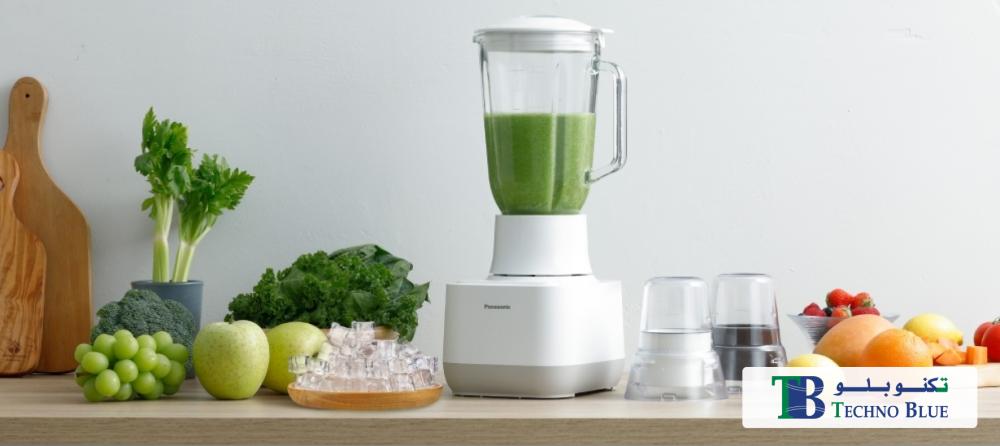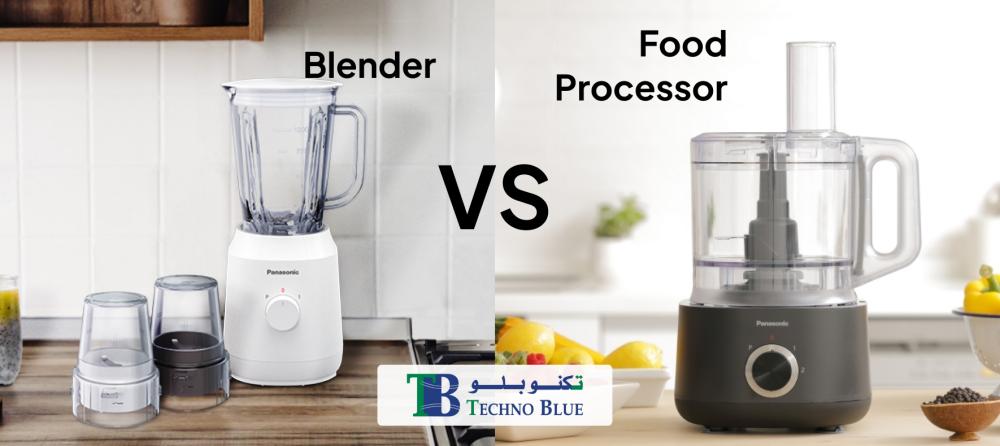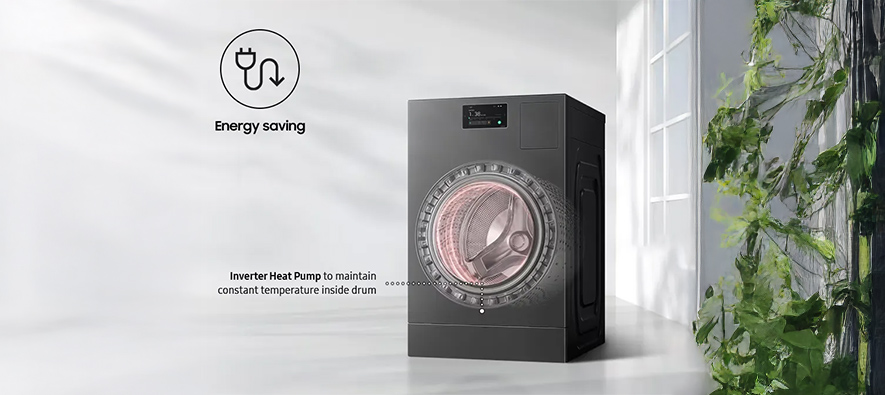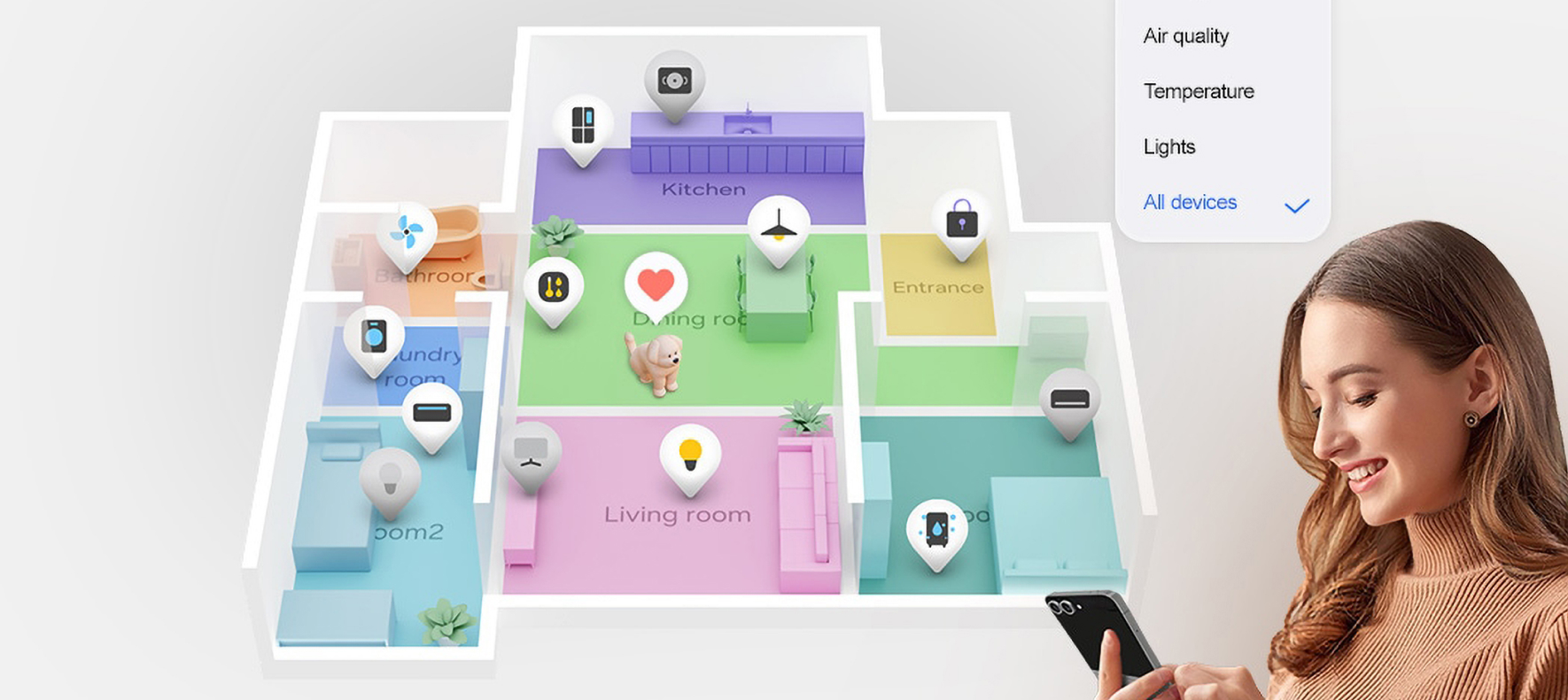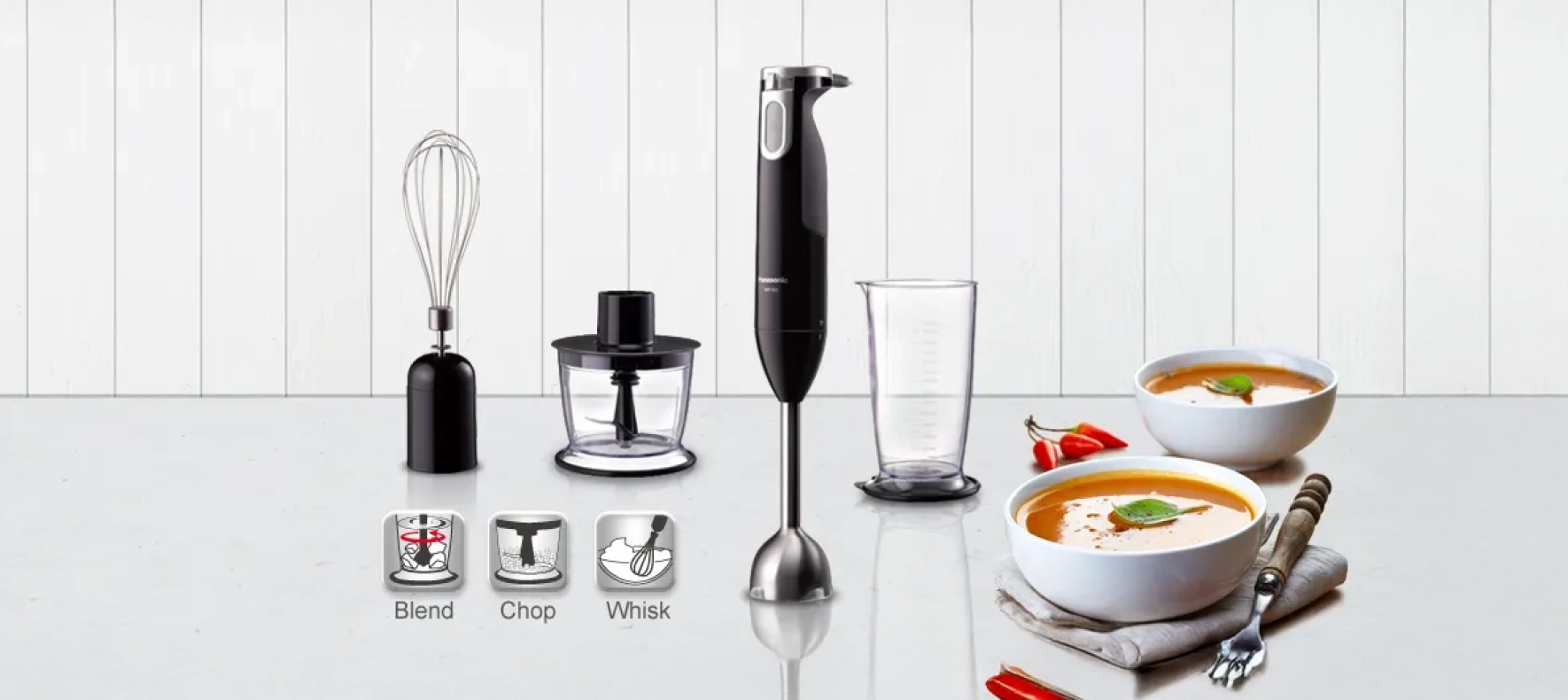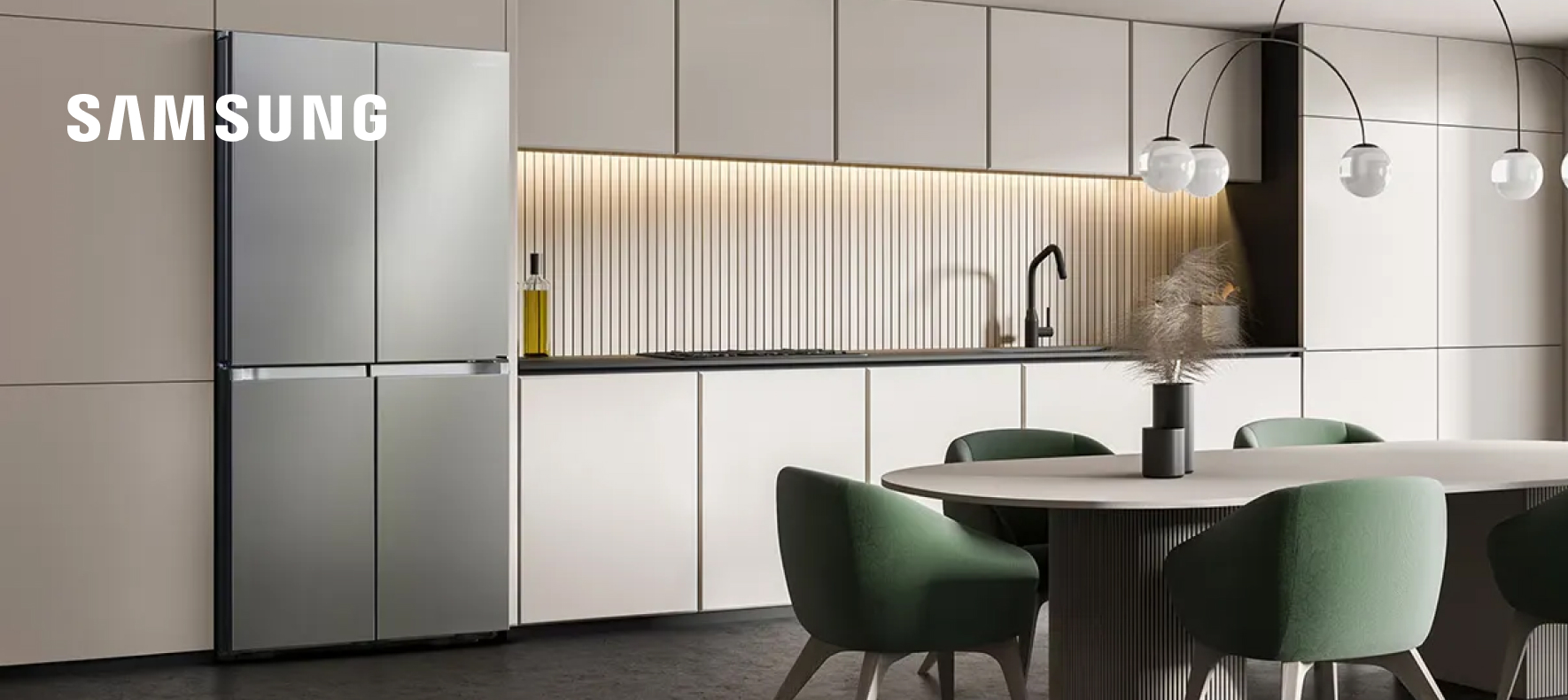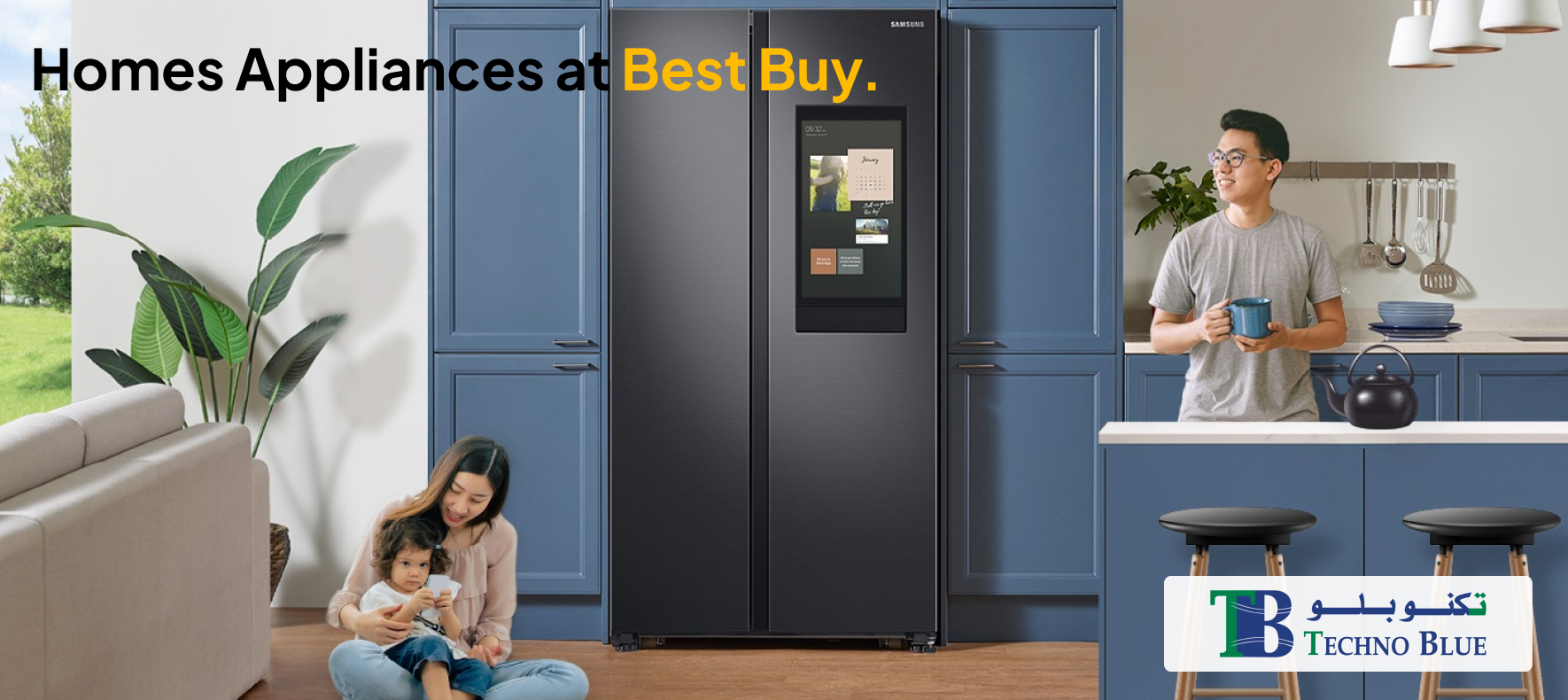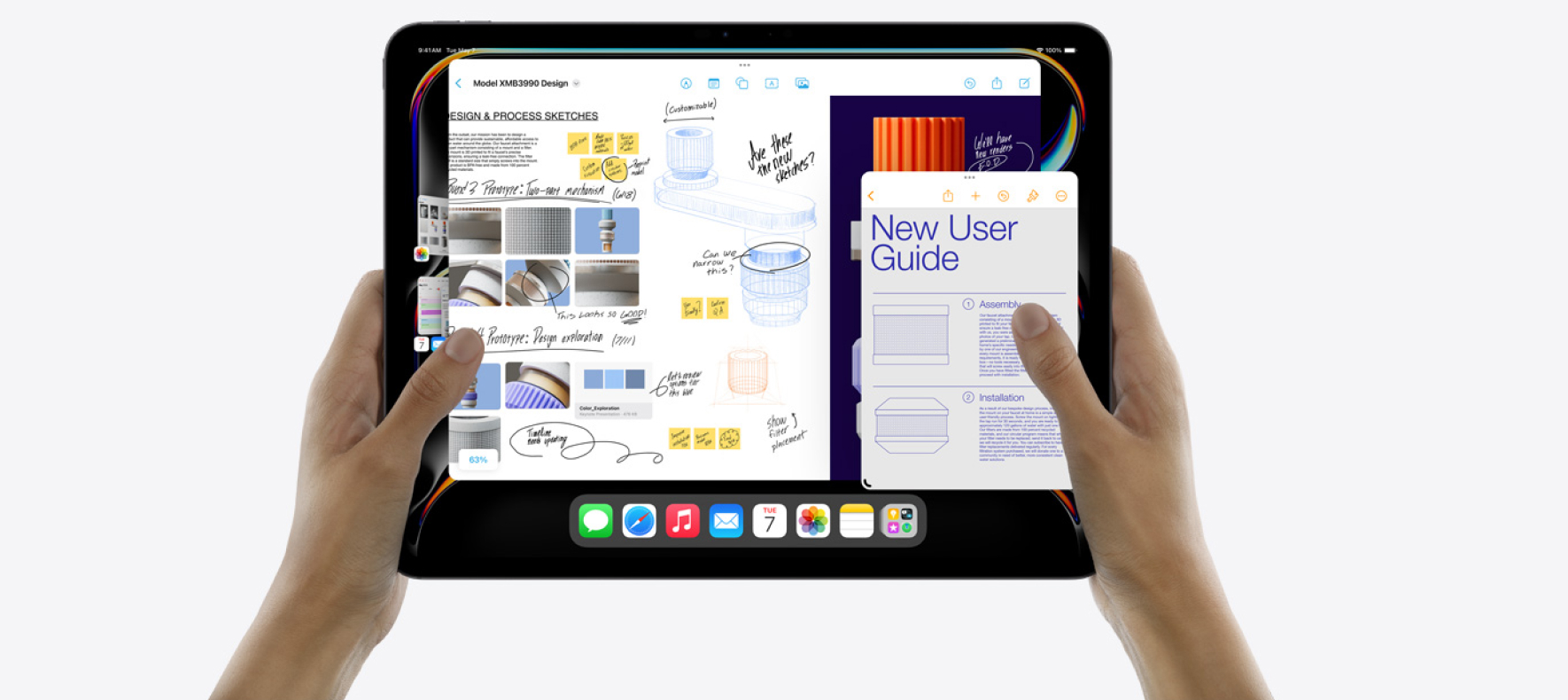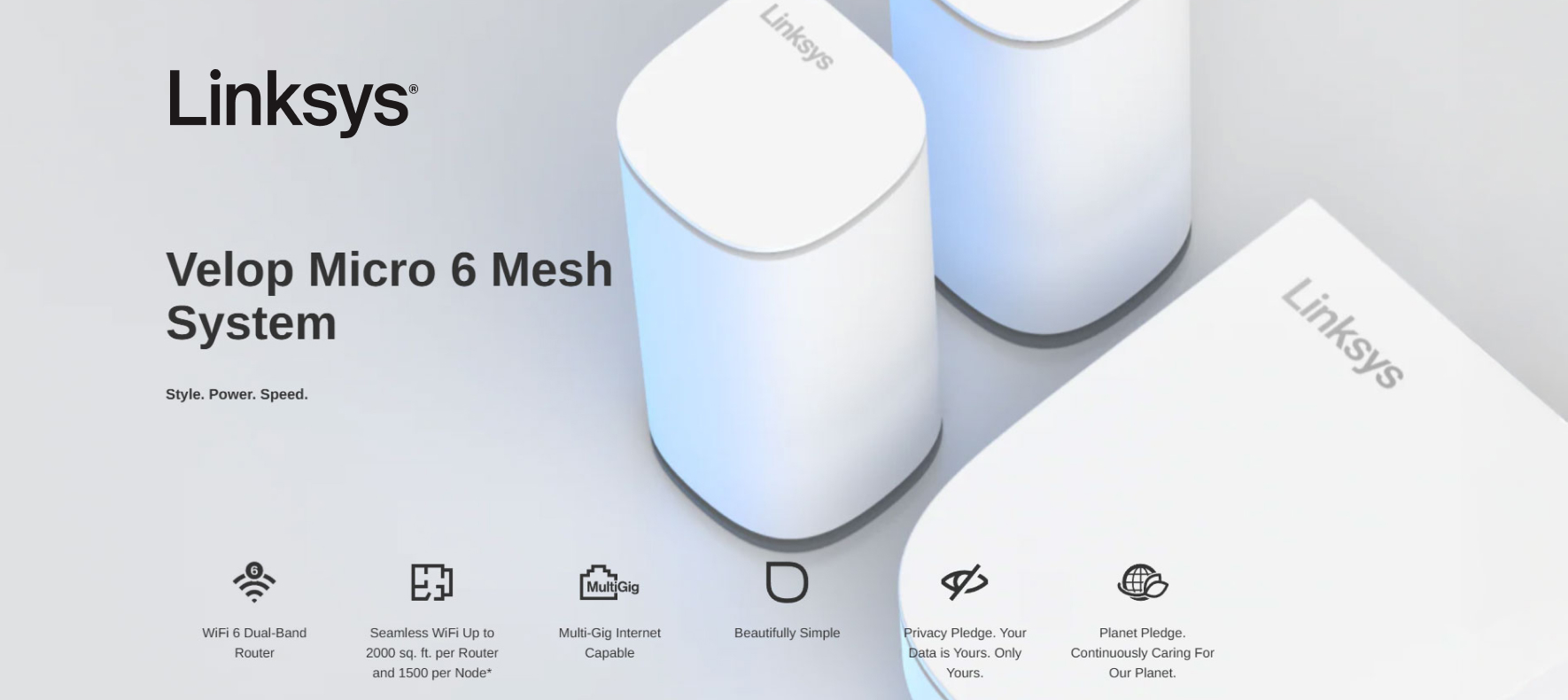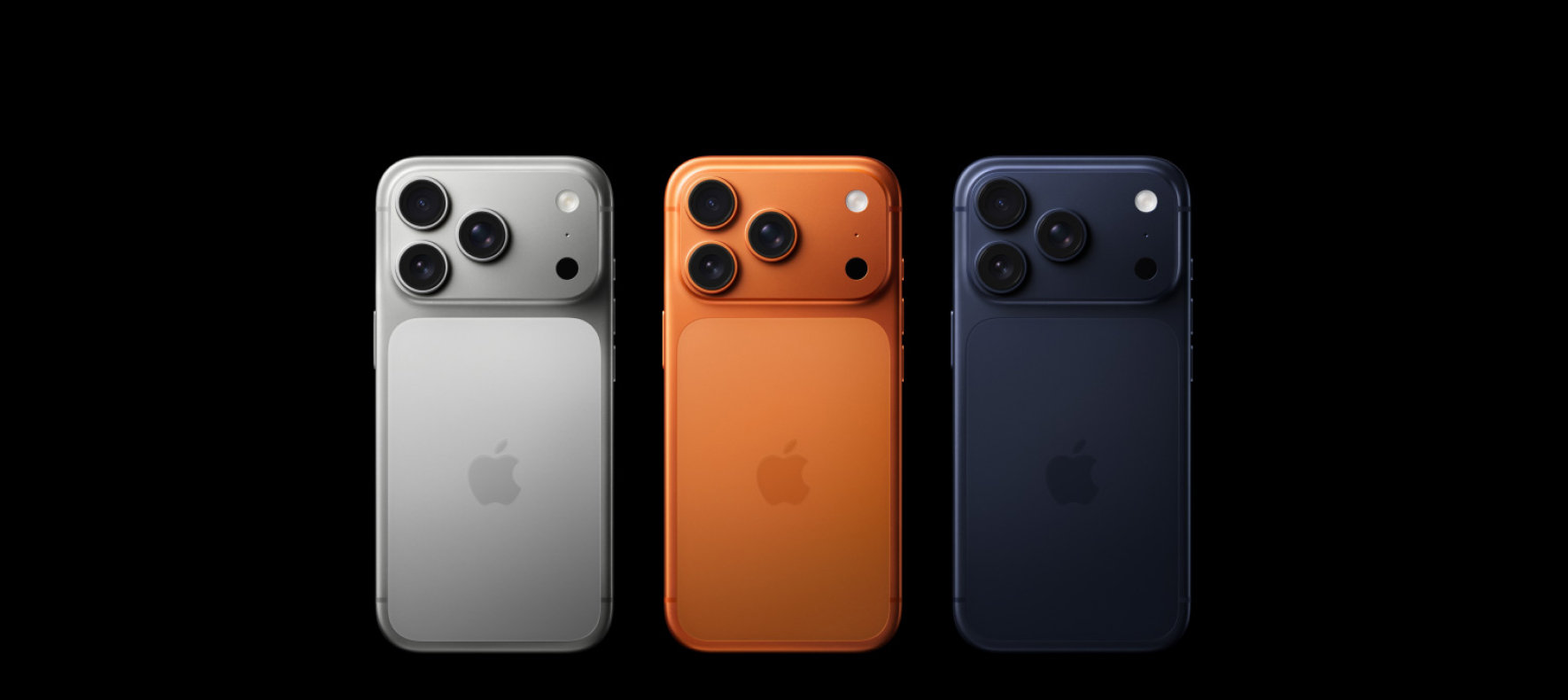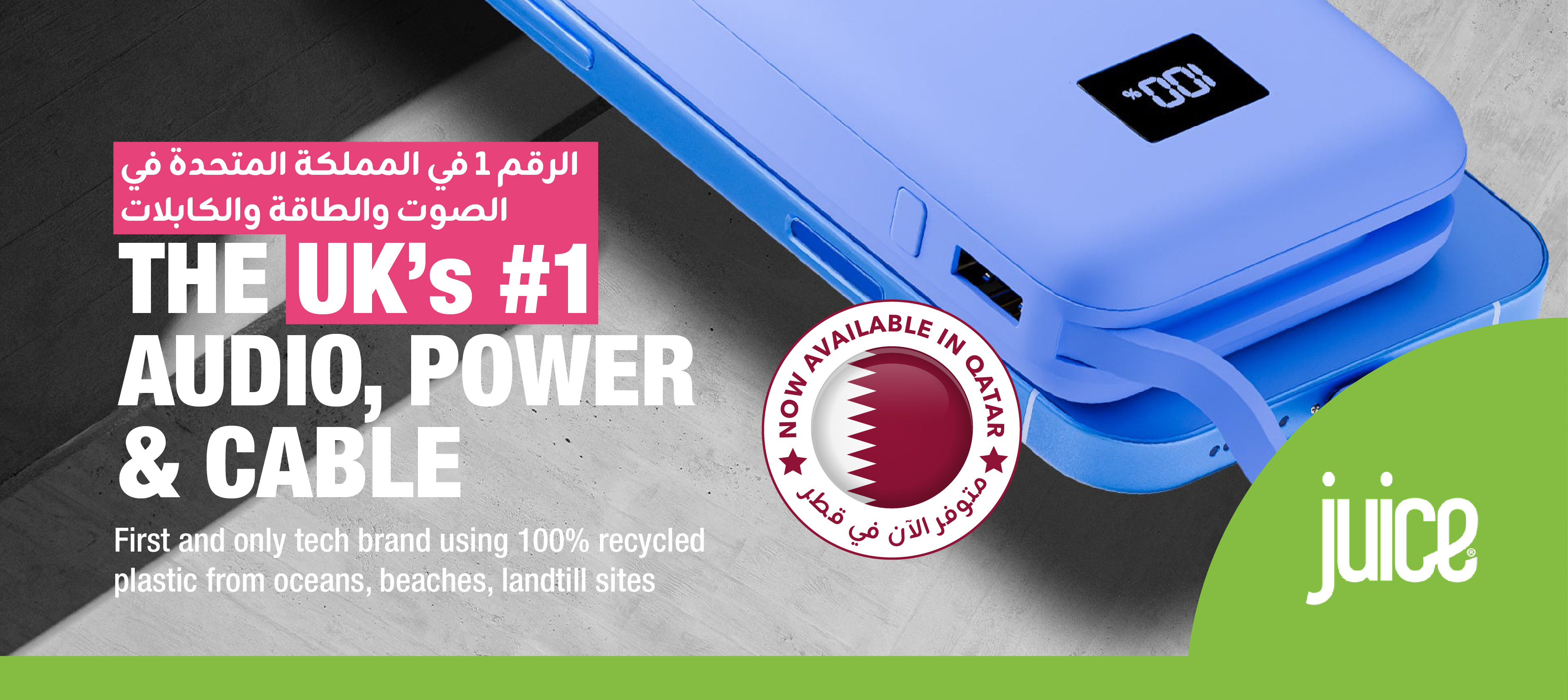Blender vs Food Processor: Which Works Best for Your Kitchen?

A well-functioning kitchen relies on a smart combination of appliances and accessories that work together to simplify tasks, save time, and boost efficiency. Among the many tools used in everyday cooking, the blender and food processor stand out as indispensable. Though both are versatile countertop machines designed to reduce manual effort and save time, they differ significantly in design, purpose, and functionality.
In this blog, we will discuss what a blender and a food processor are, their key differences and similarities, and how to make good use of both these gadgets. With this comprehensive guide, you will be better equipped to use both effectively for a more satisfying kitchen experience.
Differences between a Food Processor and a Blender
The basic difference between a blender and a food processor lies in their intended function. A blender is a countertop appliance designed primarily for mixing, pureeing, or emulsifying soft and liquid ingredients into smooth textures. On the other hand, a food processor is designed for chopping, slicing, grating, and mixing solid or semi-solid ingredients.
While both machines mix and break down ingredients, their structure and primary functions vary significantly. Here's a closer look at what separates them.
-
Blades
-
Blenders
Blenders typically feature fixed blades that are designed to create a vortex that pulls ingredients downward. These blades are ideal for crushing ice, liquefying fruit and vegetables, and mixing soft or wet ingredients. The sharpness and angle of blender blades are specifically designed for high-speed blending and smooth textures.
-
Food Processors
Food processors often come with multiple interchangeable blades and discs, making them ideal for various tasks, including slicing, shredding, chopping, kneading, and grating. Compared to blender blades, food processors have blades that are broader and flatter, making them ideal for handling solid and dry ingredients.
2. Jar vs Work Bowl
-
Blender
Blenders use a tall, narrow jar that creates a vortex to pull ingredients downward, facilitating efficient blending of liquids and soft ingredients. Additionally, the jar’s shape makes it easier to pour the mixture directly into serving glasses or cooking pots.
-
Food Processor
Food processors feature a wide, shallow work bowl that can handle large, solid ingredients with ease. These bowls also provide ample space for processing other tasks such as kneading dough, chopping vegetables, or slicing, ensuring even and efficient food preparation.
3. Size and Capacity
-
Blender
Blenders typically come in small capacities, ranging from 1 to 2 litres. They are compact and ideal for preparing smoothies, sauces or soups in small quantities. However, some commercial blenders are available in large sizes and capacities, ranging from 10 to 14 cups.
-
Food Processor
Food processors generally come in a range of sizes and can hold between 6 and 14 cups, depending on the model. Larger models are designed to handle bigger batches and are especially useful for processing chunkier or more solid food.
Similarities between a Food Processor and a Blender
Now that we have talked about the differences between a food processor and a blender, let’s explore the similarities between these two appliances.
- Powerful Motor Base: Both blenders and food processors come with efficient motor bases that facilitate swift, seamless, and easier food preparation. Both appliances also feature multiple speed settings and pulse functions to provide better control over texture and consistency.
- Easy Operation: Both appliances feature user-friendly designs and straightforward controls, making them easy to operate. For added convenience, they are also easy to clean.
- Functionality: Both blenders and food processors sometimes overlap functions and can be used for prepping ingredients, though their effectiveness varies.
What to Make in a Blender?
Blenders are the ultimate option when it comes to working with soft foods and liquids. They are built for making smooth, emulsified, or frozen creations. Let’s explore some of the best items that can be made with a blender:
- Frothed milk or creamy horchata
- Wet ingredients
- Puddings, custards, and mousse
- Soups, sauces, and bisques
- Frozen drinks
- Crushing ice
When it comes to choosing the best blenders, the key factor to consider is their quality. At Electronyat, we offer an extensive range of products that stand superior in terms of quality and performance. Here is a list of some of our top-performing blenders:
- Russell Hobbs Nutriboost Blender
- Panasonic 700W Blender
- Panasonic 400W Blender Plastic Jug
- Panasonic 450W Blender with 2 pcs Dry Mills
- Panasonic 450W Blender
What to Make in a Food Processor?
Food processors are ideal for chopping, mixing, and handling solid or dry ingredients that require control and precision. Here are some of the items that can be prepared with food processors:
- Dry ingredients
- Bread crumbs
- Shredded cheese
- Mincing meat
- Chopping, dicing, or slicing vegetables
- Baby food
A good food processor is all about versatility and time-saving convenience. At Electronyat, we bring you a curated selection of high-performance food processors designed to handle multiple kitchen tasks with ease. Take a look at some of our top-rated picks:
- Panasonic 800W Food Processor
- Panasonic 800W Food Processor
- Russell Hobbs Desire Charcoal 2 — 1 Food Processor & Blender
Food Processor vs Blender: A Comprehensive Comparison Chart
|
Feature |
Food Processor |
Blender |
|
Function |
Ideal for chopping, slicing, shredding, and kneading. |
Ideal for blending liquids, smoothies, and sauces. |
|
Blade Type |
Interchangeable discs and blades, suitable for chopping, slicing, kneading or shredding. |
Fixed, cross-shaped, sharp blades that are best for blending and pureeing. |
|
Container Type |
Wide, shallow work bowl. |
Tall and narrow jar. |
|
Speed Adjustment Options |
Can be adjusted to multiple speeds. |
Pulse and control options to vary blending intensity. |
|
Cleaning |
Easy to clean. |
Easy to clean. |
To Sum Up
Both blenders and food processors are essential kitchen appliances that enhance efficiency and offer convenience. Choosing between the two ultimately depends on your specific needs. If you’re making healthy smoothies, soups, or purees, a blender is the ideal choice. However, for tasks like chopping vegetables, kneading dough, or shredding cheese, a food processor proves to be more practical and versatile.
Start your way to a smarter, smoother way of living with Electronyat, the ultimate destination for electronics and appliances in Qatar. Whether you’re in search of the latest smartphone, smart TV, or a kitchen gadget, we’ve got you covered with our genuine, top-tier products from leading brands.
Frequently Asked Questions
- What is a better choice: a blender or a food processor?
Deciding between a blender and a food processor depends on your specific requirements. If your main goal is to blend smoothies, soups or juices, a blender is the best choice. On the other hand, if you often chop, shred, slice, or knead dough, a food processor will save you a lot of time and effort. Ultimately, both these appliances are kitchen essentials that add to your convenience.
- Can a blender be used as a food processor?
Both these appliances are used for unique purposes, though their function overlaps sometimes. Blenders are designed to handle soft ingredients and light chopping. However, they are not ideal for tasks like shredding cheese, slicing vegetables, or kneading dough. Food processors are specifically designed for more heavy-duty prep work. Therefore, using a blender as a full substitute is not always the best idea.
- Which appliance purees better: a blender or a food processor?
As blenders are designed for liquids and soft ingredients, they are the ideal choices for preparing purees. Though food processors can puree, the texture may be a bit chunkier, as they lack the sealing and vortex action required for the smooth blending of liquids.


